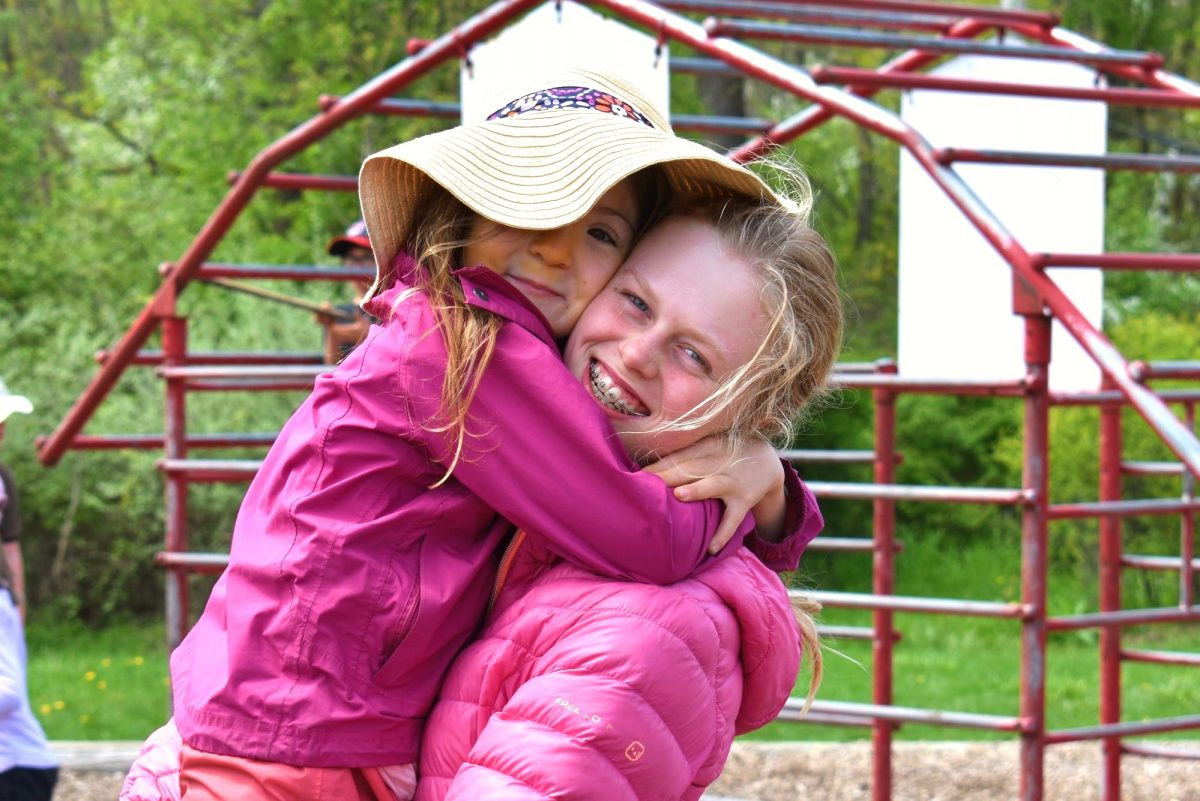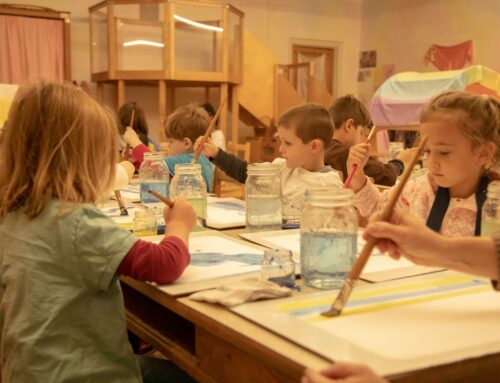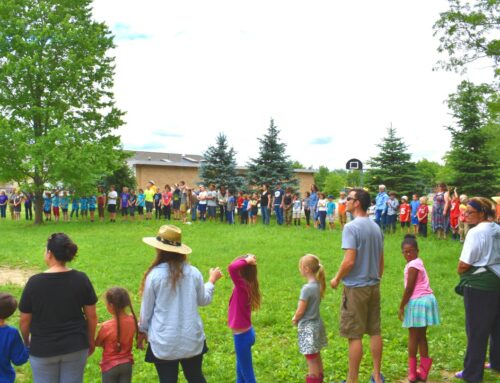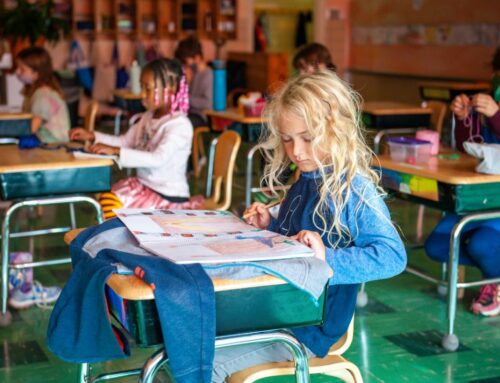“It is very important that during these early years a child should be surrounded by noble-minded, generous-hearted and affectionate people with good thoughts, for these stamp themselves on the child’s inner life.” – Rudolf Steiner
Children imitate what surrounds them, especially the thoughts and beliefs of those in places of authority. If a school community or classroom fosters goodness, in one another and in the children, it provides security and wellbeing for all. This wellbeing is essential for children’s learning. Students must trust their world to take risks and meet new challenges with openness. Teachers that meet a child’s openness with gratitude, reverence, respect and an assumption of goodness, help the child encounter learning and struggle with confidence and calm.
This is particularly important in early childhood classrooms. Teachers can build that sense of goodness and security through routine, stability, modelling kindness and finding the good all around, including the good within the children.
And, young children, according to recent scientific study, are inherently good. In the Smithsonian Magazine article, Are Babies Born Good? a review of recent research led authors to declare:
“A child arrives in the world provisioned with rich, broadly pro-social tendencies and seems predisposed to care about other people. Children can tell, to an extent, what is good and bad, and often act in an altruistic fashion.”
The terrible twos are not so terrible in regards to kindness as this natural tendency toward good persists in toddlerhood: “Toddlers… are natural helpers, aiding distressed others at a cost to themselves, growing concerned if someone shreds another person’s artwork and divvying up earnings after a shared task, whether the spoils take the form of detested rye bread or precious Gummy Bears.”
The fact of the matter is that schools can and should build upon this early empathy, kindness and altruism by continuing to regard children as good, surrounding them with goodness and fostering goodness within the children and their classrooms. This is essential, not just in early childhood, but in the grades as well because assuming the best of older children has been shown to improve social emotional and academic learning.
The Institute of Education Sciences publication, Reducing Behavior Problems in the Elementary School Classroom, found great benefit to positivity and goodness, namely coming from within the school and from the teachers themselves. In brief, students who have overwhelming positive interactions with teachers show greater social emotional skills, engagement, motivation and academic achievement. In turn, those experiencing negativity displayed the opposite results.
In fact, this phenomenon, commonly referred to as The Pygmalion Effect (or oppositely The Golem Effect ) was greatly publicized after a 1964 Harvard study done in a San Francisco Elementary school. The results, summarized here in the NPR article, Teacher’s Expectations Can Influence how Students Perform, found that when teachers were told that certain students were gifted and others were not, although the children were chosen at random, the “gifted” children outperformed their peers academically.
Further study revealed that the expectation teachers brought to a student subtly changed a teachers’ moment-to-moment interactions with the children. Essentially, when teachers believe children are smart and good, they treat them as such, and the children live up to those expectations.
So, how do we build upon goodness in our classrooms?
The Institute of Education Sciences paper gives this simple advice: “Teachers should show the warmth, respect, and sensitivity they feel for their students through small gestures, such as welcoming students by name as they enter the class each day, calling or sending positive notes home to acknowledge good behavior, and learning about their students’ interests, families, and accomplishments outside of school.”
Waldorf teachers are trained to make these kinds of gestures part of each child’s day, to enhance the student’s wellbeing and also to improve learning. In Waldorf Education, special attention is given to the child’s whole being — head, heart, and hands — with the heart being the emotional core. A key part of this attention given relies on the assumption and cultivation of goodness in all human beings. It’s done through modeling goodness, genuinely caring for students and their families, and believing in a child’s potential.




